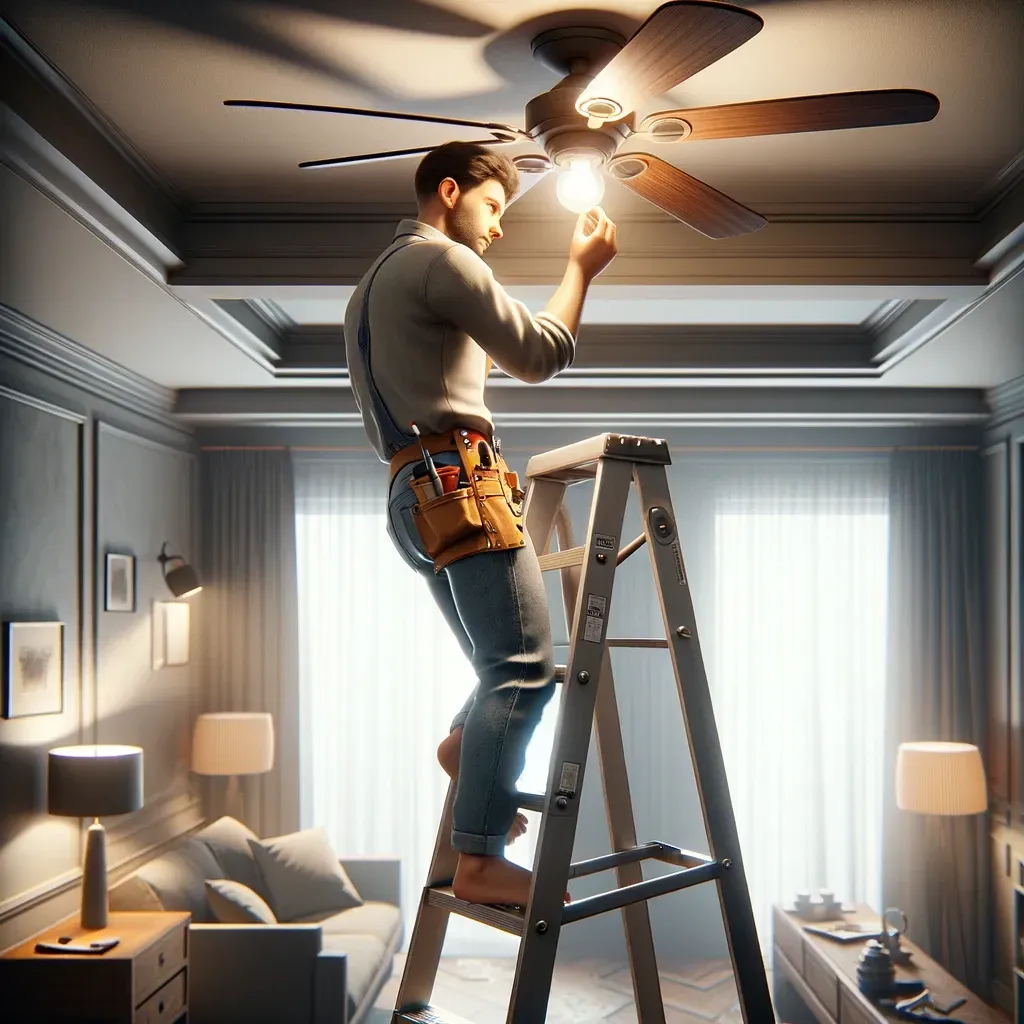Light Bulb Replacement Service: Brightening Your Home and Business

In today's fast-paced world, even the smallest tasks can add up, consuming valuable time and energy. One such task is replacing light bulbs, which, while seemingly simple, plays a crucial role in maintaining the optimal functionality and ambiance of our living and working spaces. This is where professional light bulb replacement services come into play, offering a convenient solution for both residential and commercial settings. In this article, we'll explore the benefits of utilizing a light bulb replacement service, the types of bulbs available, and why this service is becoming an essential part of home and business maintenance.
The Importance of Proper Lighting
Proper lighting is essential for creating a comfortable and productive environment. It not only enhances the aesthetic appeal of a space but also affects mood, energy levels, and even health. Inadequate lighting can lead to eye strain, headaches, and a decrease in overall well-being. Businesses, in particular, need to ensure their premises are well-lit to maintain employee productivity and customer satisfaction.
Why Use a Light Bulb Replacement Service?
Convenience: The most apparent benefit of using a light bulb replacement service is convenience. Professionals take care of everything, from purchasing the correct bulbs to ensuring they're installed safely and correctly.
Safety: Replacing light bulbs, especially in high or hard-to-reach places, can be dangerous. Professional services have the necessary equipment and expertise to perform the job safely, reducing the risk of accidents.
Energy Efficiency: Light bulb replacement services can provide guidance on the most energy-efficient bulbs for your needs, helping to reduce your energy bills and environmental impact. LED bulbs, for example, use at least 75% less energy and last 25 times longer than incandescent lighting.
Expertise: Professionals can recommend the best type of lighting for different areas of your home or business, considering factors like color temperature and luminosity to create the perfect ambiance.
Types of Bulbs Available
Incandescent Bulbs: Traditional bulbs that produce light by heating a filament. They're being phased out in favor of more energy-efficient options.
Light Emitting Diodes (LEDs): LEDs are the most energy-efficient option available, with a significantly longer lifespan than other bulbs. They're available in various colors and brightness levels, suitable for different settings and preferences.
Halogen Bulbs: Offer a brighter light and are more energy-efficient than incandescent bulbs but have a shorter lifespan than LEDs and CFLs.
